If you’ve ever reviewed a veterinary dental estimate and wondered, “Why does this cost so much?”, you’re not alone. It’s a common and fair question—and one we believe deserves a thoughtful, transparent answer.
At St. Petersburg Animal Hospital & Urgent Care, we’re committed to helping you understand the why behind your pet’s care. This post breaks down exactly what’s included in a professional dental cleaning, why each step matters, and what contributes to the overall cost.
What Does a Veterinary Dental Cleaning Really Involve?
Unlike a quick polish at the groomer or a routine cleaning at the dentist for humans, a professional veterinary dental procedure is a comprehensive medical intervention. It is conducted under anesthesia, with diagnostics, sterile protocols, and the attention of an entire medical team.
Following AAHA dental guidelines and National Pet Dental Association protocols, here’s what a full dental cleaning typically includes:
1. Pre-Anesthetic Exam & Bloodwork
Your pet receives a full physical exam and pre-surgical blood panel to assess organ function and screen for underlying health concerns. Safety is our first priority.
2. Safe, Monitored Anesthesia
Anesthesia is necessary to:
- Prevent pain and stress
- Allow thorough cleaning beneath the gumline
- Enable dental X-rays and precise treatment
Your pet is continuously monitored by trained staff using ECG, capnography, pulse oximetry, and blood pressure monitoring throughout the procedure. Learn more about anesthesia and safety protocols.
3. Full-Mouth Dental Radiographs
Dental disease often hides beneath the surface. Full-mouth X-rays help us detect:
- Root abscesses
- Fractured or impacted teeth
- Bone loss
- Oral tumors or developmental issues
Read more from Preventive Vet on why imaging is essential.
4. Scaling and Polishing
We use ultrasonic and hand tools to remove plaque and tartar from above and below the gumline, followed by polishing to smooth enamel and reduce future buildup.
5. Extractions or Advanced Dental Care (if needed)
If diseased or damaged teeth are found, surgical extraction may be required. This step can involve:
- Pain control
- Suturing
- Post-op antibiotics
- Follow-up care Learn more about fractured tooth treatment.
Why Does It Cost More Than You Might Expect?
Every step outlined above involves time, skill, technology, and staff coordination. Here’s what contributes to the cost:
Anesthesia & Monitoring
- IV fluids and anesthetic drugs
- Monitoring equipment
- Highly trained veterinary nurses
Advanced Imaging
- Full-mouth X-rays (not routinely performed by all clinics)
- In some cases, we may recommend referral and advanced imaging like CT if complex issues are suspected
Time & Expertise
A thorough dental cleaning is never “just a cleaning.” It often takes 1–2 hours or more, especially when extractions, digital X-rays, or oral surgery are required. Every patient receives individualized care based on their size, anatomy, health status, and oral condition.
Veterinary dental procedures demand a high level of technical skill, patience, and precision. Removing tiny teeth in a 5-pound Chihuahua is not the same as extracting a deeply rooted canine tooth in a 90-pound Labrador. Each case is unique, and the risks—if not done properly—can include jaw fractures, retained roots, or prolonged pain.
Our team invests in specialized continuing education (CE) to stay current on evolving dental techniques, anesthetic protocols, pain control, and advanced tools for delicate procedures. These aren’t just routine cleanings—they’re comprehensive medical treatments performed under anesthesia with safeguards in place every step of the way.
Pain Management
We follow multimodal analgesia protocols, including:
- Local nerve blocks
- NSAIDs or other systemic medications
- Post-op comfort plans
Supplies & Sterilization
We use:
- Sterile, specialized dental instruments
- Surgical-grade materials
- Single-use consumables (e.g., gauze, suture, gloves)
Is It Worth the Cost?
Yes—without a doubt. Dental disease that goes untreated can lead to:
- Severe oral pain
- Tooth loss
- Jaw fractures
- Infections that spread to the heart, liver, or kidneys
- Emergency interventions that are more complex—and more expensive
Preventive cleanings protect not just your pet’s mouth, but their overall health and comfort.
How to Reduce Future Dental Costs
Investing in prevention pays off. Here’s how you can help reduce the need for more intensive treatments:
- Brush your pet’s teeth daily with pet-safe toothpaste
- Use VOHC-approved products (chews, rinses, diets)
- Avoid hard chews that can fracture teeth
- Keep up with annual dental exams and cleanings
Some pets—especially small breeds and brachycephalic dogs—are more prone to problems like crowding, malocclusion, or developmental abnormalities. Learn more about developmental risks.
When Dental Care Can’t Wait
If your pet is showing signs of pain or infection, don’t delay.
Contact us right away if you notice:
- Bleeding gums or facial swelling
- Refusal to eat or chew
- Loose or broken teeth
- Drooling with blood or odor
- Sudden behavioral changes
These symptoms may indicate urgent conditions such as infection, abscess, or fracture. Our urgent care team is available for same-day evaluation and treatment.
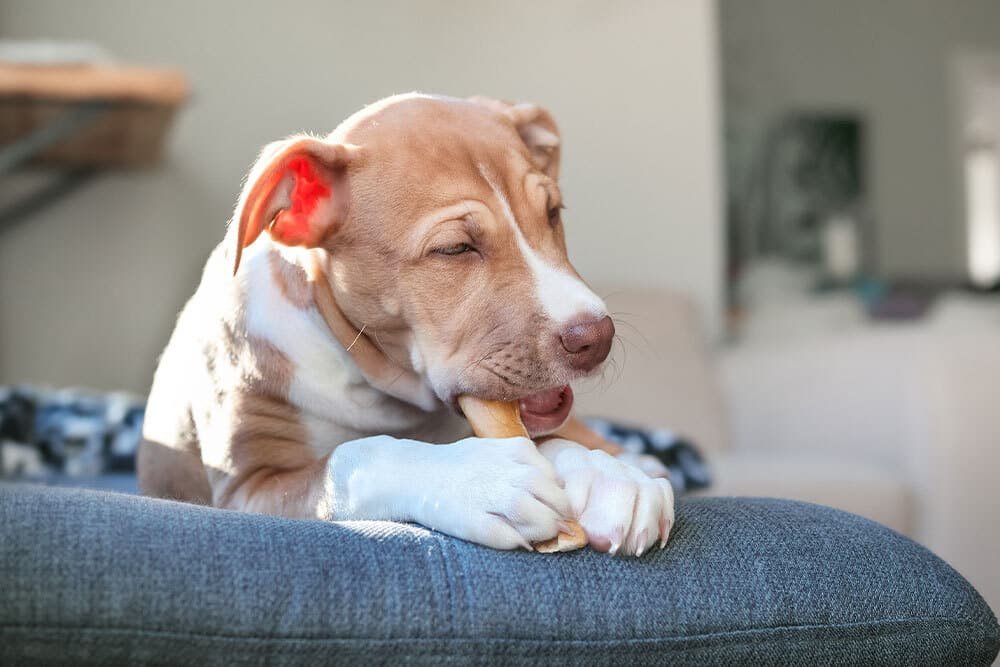
What to Do Next
If your pet hasn’t had a dental cleaning in the past year—or if you’re concerned about their comfort—it’s time for an exam.
At St. Petersburg Animal Hospital & Urgent Care, we offer:
- Full-service dental care
- In-house diagnostics and radiology
- Transparent, compassionate communication
- A skilled and caring team that treats your pet like their own
Ready to Schedule a Dental Exam?
Dental care isn’t just a “nice-to-have”—it’s a key part of lifelong health. Call or book online today to schedule a dental evaluation.
We’re happy to walk you through the process, explain every detail, and make dental care as stress-free as possible—for both you and your pet.

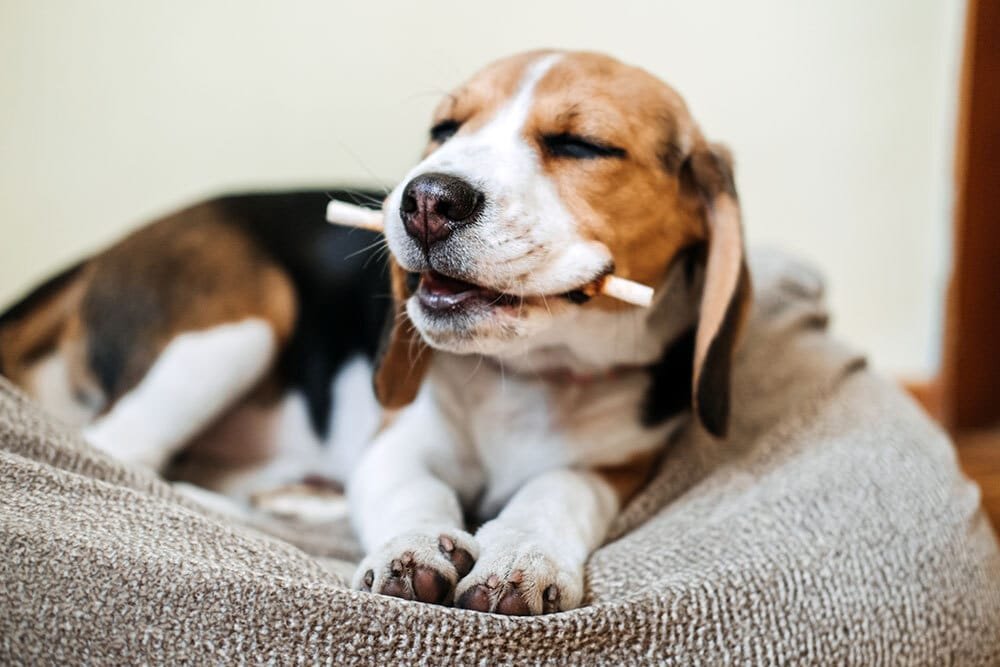
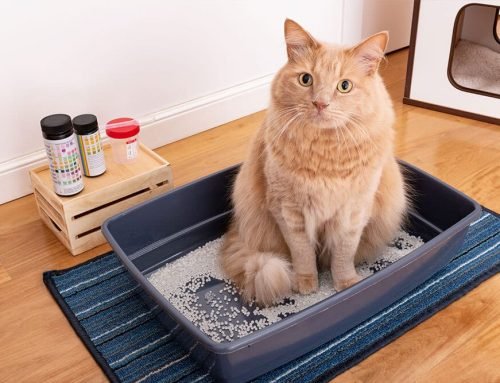
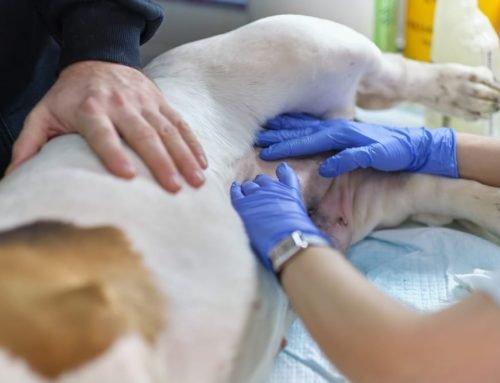
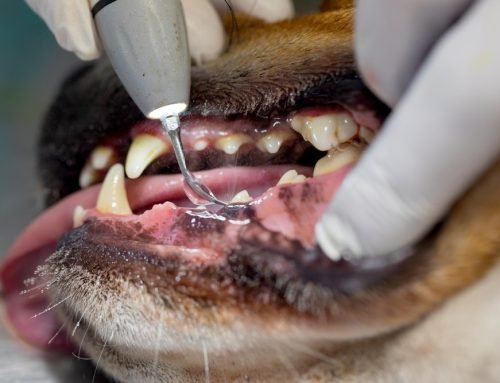
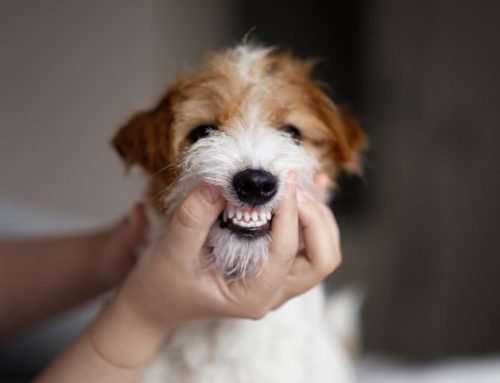

Leave A Comment